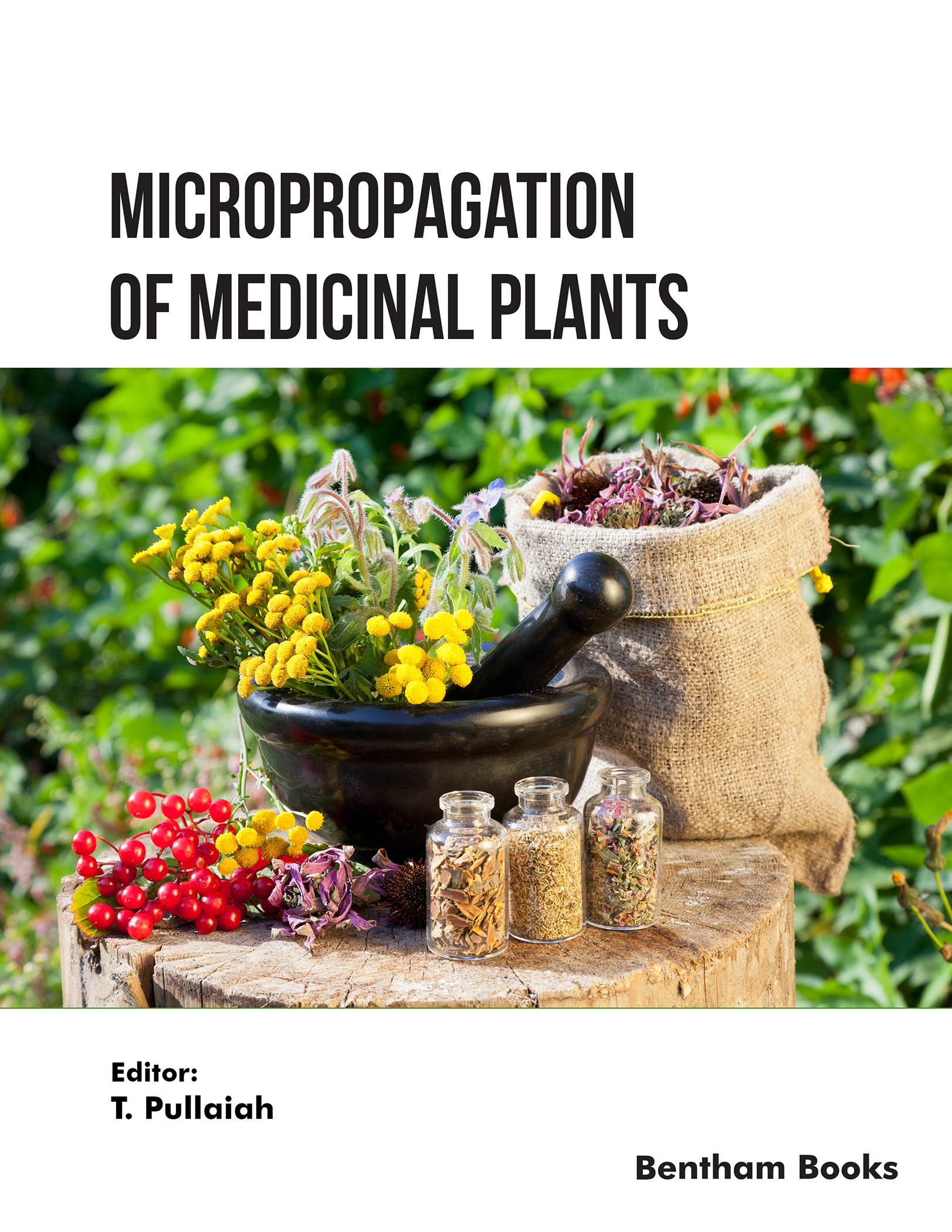Micropropagation Protocol in Atropa acuminata Royle ex Lindl. and Atropa belladonna L.

- Authors: S. Manjula1, B. L. Manjula2
-
View Affiliations Hide AffiliationsAffiliations: 1 Department of Botany, Government First Grade College, B. M. Road, Ramanagara 562159, Karnataka, India 2 Department of Botany, Sri Jagadguru Renukacharya College of Science, Arts and Commerce, # 9 Race course road, Bengaluru 560 009, Karnataka, India
- Source: Micropropagation of Medicinal Plants , pp 77-98
- Publication Date: March 2024
- Language: English
Micropropagation Protocol in Atropa acuminata Royle ex Lindl. and Atropa belladonna L., Page 1 of 1
< Previous page | Next page > /docserver/preview/fulltext/9789815238303/chapter-5-1.gif
Atropa, a Solanaceae member, contains many active chemical compounds such as atropine, saponins, polyphenols, scopolamine and hyoscyamine. Because of the presence of these active principles, endangered species Atropa acuminata and Atropa belladonna have been indiscriminately exploited in traditional medicine for treating various disorders and thus Atropa acuminata has become an endangered species in some regions. Due to the threat of extinction, low seed germination and seedling survival rate, there is a need for conservation through efficient micropropagation protocols. In this regard, the current chapter is focused on micropropagation methods/protocols developed by various researchers using various explants of Atropa acuminata and Atropa belladonna and their responses to different media compositions with respect to direct and indirect organogenesis in vitro, as the technique of in vitro regeneration has played a pivotal role in the mass multiplication of many plant species.
-
From This Site
/content/books/9789815238303.chapter-5dcterms_subject,pub_keyword-contentType:Journal105

